- Our Poland itinerary: Things to do in Wroclaw
- Day 7 – Krakow to Wroclaw
- Days 7 and 8
- Top things to do in Wroclaw
- Old Town
- Four Denominations District
- Panorama of the Battle of Raclawice
- University Quarter
- Ostrów Tumski (Cathedral Island)
- Where we stayed
- Where we ate
- More trip tips
- Key Wroclaw locations:
- Related posts:
Our Poland itinerary: Things to do in Wroclaw
This is the third part of our Poland itinerary series. You can read about our Warsaw and Krakow stays in these articles: Three Cities of Poland: Part One of a Nine-Day Itinerary and Krakow, Poland: Part Two of a Nine-Day Itinerary.
“Vrotz-wahv” — that’s how I was told to pronounce “Wroclaw”. I hate to admit that it took me a while to get it right when I was visiting this beautiful city in the Silesia region of southwestern Poland.
The main reason for putting Wroclaw on our agenda instead of Gdansk was to get a glimpse of the part of Europe where we believe that some of Mr. TWS’s ancestors lived. We really didn’t know much about it and had modest expectations. But Wroclaw turned out to be the biggest surprise of our three cities of Poland trip with its cultural offerings, vibrant community, beautiful parks, riverside pathways, and great dining options.
When we told people we met in Warsaw and Krakow that we would be spending a couple of days in Wroclaw, they were enthusiastic about how much we would like it. In fact, a young woman from Krakow who had never been to Wroclaw wistfully mentioned her desire to go there because she heard that it was the most beautiful city in Poland.
Day 7 – Krakow to Wroclaw
We traveled by train from Krakow to Wroclaw, a ride of about 3-1/4 hours, mostly through the countryside once well outside of Krakow. In Wroclaw, a short Uber ride from the main railway station took us to our hotel in Old Town. Since our train had been delayed over two hours in Krakow, it was quite late in the day when we arrived, so we spent our time having a lovely dinner and strolling around the Rynek, Wroclaw’s main market square just a few minutes’ walk from our hotel. A good night’s sleep prepared us for a very busy day ahead.
Days 7 and 8
Top things to do in Wroclaw
We ventured everywhere on foot in the city, visiting numerous places in Old Town, the University Quarter, Ostrów Tumski (Cathedral Island), and just a bit further afield east of Old Town.
Old Town
Rynek (Market Square)
Smaller than Krakow’s main square, but (in my opinion) equally as beautiful, is Wroclaw’s Rynek Główny (Main Market Square). In the photos above, you can see some of the restaurants, cafes, and shops in the square.
Old Town Hall
The Gothic Old Town Hall is a prominent feature on the square. It took 250 years to complete construction of the building which began in 1299. Today, the building houses the Museum of Bourgeois Art.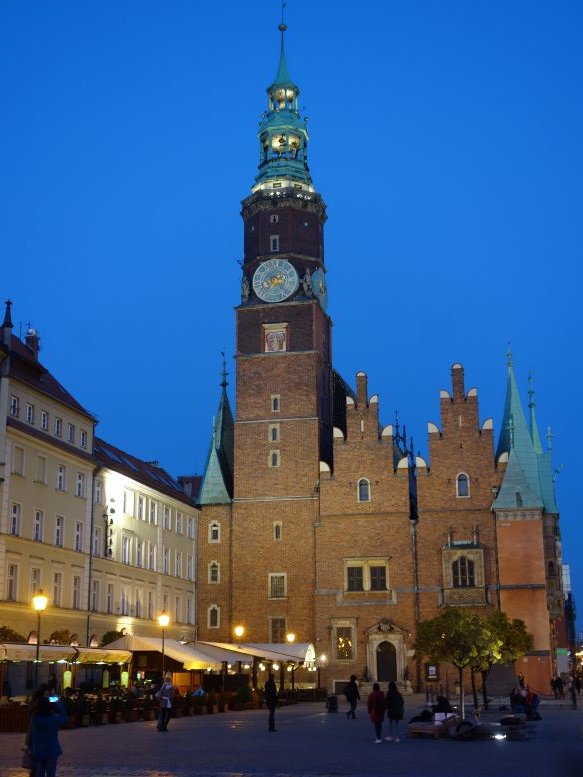
Old Town Hall on Rynek Glowny at night
Hansel & Gretel houses
On a corner of Market Square are the pretty and very narrow 18th-century buildings named Jaś & Małgosia (Hansel & Gretel) beneath the towers of St. Elizabeth’s Church. We’re told they are named such because, connected by an archway that led to the old church cemetery, they represent a couple holding hands. Once there were other townhouses like them surrounding the cemetery, but Hansel & Gretel are the only ones that remain.
Dwarves of Wroclaw
We kept our eyes open for the over 300 small statues of dwarves installed throughout the city, particularly those on the main square. They are a tribute to the Orange Alternative Movement of the 1980s, an anti-government movement aimed at protesting the communist regime with tactics that included painting dwarves on spaces where anti-government graffiti had been covered over.
Dwarves tip: There is a map showing the locations of all the dwarf statues available (for a small cost) at the tourist office in the Rynek.
Public art
There are interesting art works and sculptures that we came across just by walking around. This huge concrete sculpture of a garden chair by Polish artist, Tadeusz Kantor, sits on a small piece of land between Rzeźnicza Street and Nowy Świat, intended by the artist to be discovered as something unexpected and to be considered just part of life, not a grand installation in a square. I’m still trying to grasp the artist’s intentions, but I certainly like the unexpected!
Four Denominations District
The Four Denominations District on the western side of Old Town is a tribute to the four religious institutions located close to each other in the neighborhood — the Orthodox church of Nativity of Theotokos, Church of St. Anthony of Padua, Synagogue pod Białym Bocianem, and an Evangelical church of Divine Providence.
The Cristal Planet statue, by Ewa Rossano, an artist from Wrocław, on Kazimierza Wielkiego and Św. Antoniego streets is symbolic of global unity and the district’s cooperation between different religions. (I hope that the graffiti on the statue has since been removed.)
The area is also is popular for its numerous restaurants and clubs, some in the courtyard of the synagogue.
Walk along the city moat
Going west on the streets of the Four Denominations District will take you to the city moat where you can stroll a tree-lined walkway.
Panorama of the Battle of Raclawice
We’d heard that the Panorama of the Battle of Raclawice was a must-see attraction and agree that it’s a unique and interesting historical experience. Located just east of Old Town, the panorama is a 114m long and 15m high painting with scenes representing the Battle of Racławice of April, 1794. The Poles, led by Tadeusz Kosciuszko, won this battle over the Russians. The painting is wrapped around the walls of the pavilion which was built specifically for this purpose. The panorama is an amazing work that took nine months to paint by 9 artists in the late 19th century and was first displayed here in 1985.
University Quarter
The university quarter in the northern part of Old Town of the city has a young, vibrant feel and we enjoyed strolling around the university streets admiring the architecture. In the evening, we returned to this part of town to view the university’s main building from a bridge across the Oder River.
Wroclaw University
The University Quarter is the home of the prestigious Wroclaw University. Founded by the Jesuits in 1670, it boasts famous former professors, such as Alois Alzheimer, and nine Nobel Prize winners. On the dark side of history, the main university building served as a headquarters for Nazis in World War II.
Notable places within the university are the Mathematical Tower (with panoramic views of the city), Aula Leopoldina ceremonial center with impressive Baroque interior decor, the Church of the Blessed Name of Jesus, and the Ossolineum Library.
Hala Targowa (Wroclaw Market Hall)
Wroclaw’s Market Hall is in an early 20th-century building on Piaskowa Street on the former site of the 16th-century Sand Arsenal. On two floors, about 190 vendors sell fresh fruit, meat, flowers, baked goods, and household items. The market is frequented by residents, local restaurant chefs, and tourists.
Nature break tip: Keep it in mind during your sightseeing of the area that the market has public restrooms on the second floor.
Ostrów Tumski (Cathedral Island)
Ostrów Tumski, an island in the Oder River, is the oldest part of Wroclaw, first inhabited in the 10th century. It’s a very picturesque area with a riverside walkway, bridges, shops, cathedral, and a botanical garden.
Cathedral of St. John the Baptist
The cathedral is a highlight of visiting the island because of its impressive Gothic double spires and beautiful interior with a stunning altarpiece painted in the early 16th century, but it’s the views from the top that really make it a priority on tourist itineraries. However, I have a confession to make. I don’t have a problem with the exercise of climbing the steps, I’m just a bit claustrophobic and tower stairways are often very narrow. Luckily, Mr. TWS doesn’t have that problem and took the trip to the top of the cathedral’s tower where he got some great shots of the sights below and across the city. A ticket to access the steps (and further up a lift) costs about $2.00.
Botanical Gardens
One of the biggest surprises of Wroclaw was the size and diversity of the Botanical Gardens on Ostrów Tumski. The gardens are a wonderful urban oasis for taking a stroll along the winding walkway and across the bridges while admiring natural beauty.
Besides the hyacinths, magnolias, and other gorgeous flowers, we also enjoyed the greenhouse with a large variety of succulents and cactus, reminding us of our home here in the Arizona desert. An outdoor art exhibition was taking places during our visit adding to the allure of the gardens.
Ticket tip: Don’t make our mistake and walk right by the ticket booth without buying a ticket (very inexpensive — about $2.50 at the time) to enter the gardens. The attendant had to vigorously knock on the windows to get our attention. Maybe we didn’t notice because there were no other visitors in line or in sight, for that matter.
Where we stayed
Sofitel Wroclaw Old Town, Mikolaja 67 — There’s something about being welcomed with a “Bonjour” (the standard greeting in the French-owned Sofitel hotel group) in any country that I find quite pleasant. As with our Sofitel experience in Warsaw, the hotel is very convenient for sightseeing. Our Superior Room was nicely appointed and comfortable. Hotel staff was very helpful in restaurant recommendations and reservations.
Where we ate
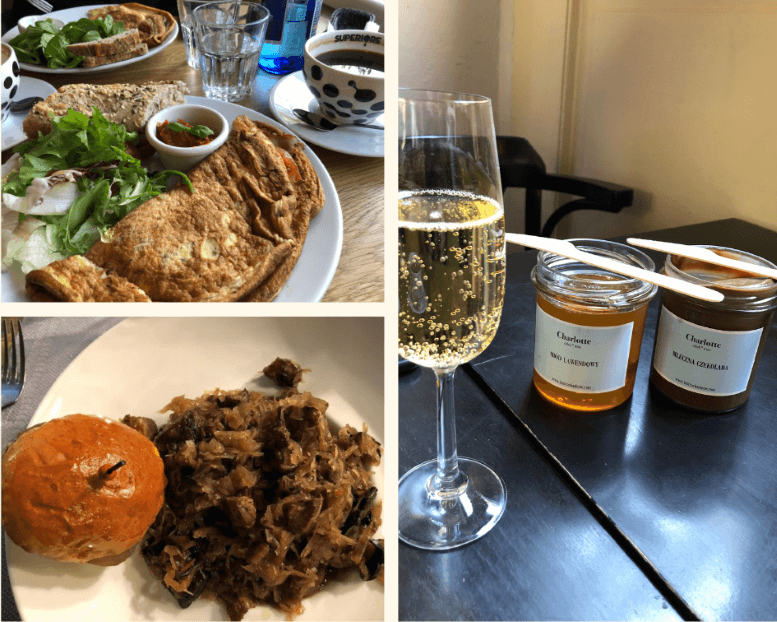
From top left: Omelets at Giselle, Sparkling wine, chocolate and honey at Charlotte, Bigos at Sukiennice 7
Movies and music: Restauracja Pod Papugami, Sukiennice 9A — This is a contemporary bar and restaurant on Market Square that has an interesting movie memorabilia theme in its decor. We enjoyed the live performance of a pianist and singer in the bar before going upstairs to our table for dinner. The food is generally European, with Mediterranean influences. I had a very tender chicken breast entree and baklava for dessert.
Favorite breakfast in Wroclaw: Charlotte, Świętego Antoniego 2/4 — Located in the Four Denominations District, this wino i chleb (wine and bread) bistro serves a delicious breakfast of eggs and freshly-baked breads served with chocolate and honey. A glass of sparkling wine added to the lovely brunch.
How to find Charlotte tip: Charlotte is not located directly on the street. Stay to the right of the Cristal Planet statue as you turn right on Świętego Antoniego (Saint Anthony Street) and look for an arched entrance to an alleyway where you’ll find Charlotte on the left.
Breakfast and bakery: Giselle, Szewska 27 — Located several blocks north of the Market Square, this French bakery and cafe offers specialties like omelets, brioches, and pastries. Sit by a window to watch Wroclaw locals going about daily life as trams pass along the street.
Comfort food: Restauracja Sukiennice, Sukiennice 7 — This large, bustling open-kitchen restaurant serves Polish food and inspired seasonal dishes. On the cold evening we were there, I went right for the comfort food and had a hearty traditional dish of Bigos (or Hunter’s Stew) made with beef, sausage, and cabbage. The restaurant is popular with families and groups. There was a retirement party at a nearby table, and I enjoyed the laughter and overall upbeat atmosphere.
Late lunch on Ostrów Tumski: Lwia Brama², Katedralna 9 — We arrived at Lwia Brama² well past lunchtime and too early for dinner, so had the place to ourselves. It’s a very urban and slightly edgy restaurant located in Ostrów Tumski serving a nice selection of modern Polish cuisine using fresh, regional ingredients. Chef Damian Bildź won the title of Best Chef of Southwestern Poland in 2016.
More trip tips
Next trip tips: There are many museums, galleries, and other cultural sites that we just didn’t have time to visit in Old Town and further afield. If you can add more days to your trip, you may want to include these notable places on your itinerary — Archdiocesan Museum, Museum of Architecture, National Museum, Military Museum, New Synagogue Museum, Museum of Bourgeois Art, Szczytnicki Park (city’s largest park), the Hydropolis (Wrocław’s center for environmental education), and Centennial Hall (a UNESCO site), .
Railway station ride-share tip: Uber availability seems to be very good in Wroclaw. Our ride was at the station within a few minutes of our request. The pick-up point for Uber and other ride shares is in a parking lot to the right when you emerge from the station. By the way, also take a moment to admire the lovely, castle-like facade of the station.

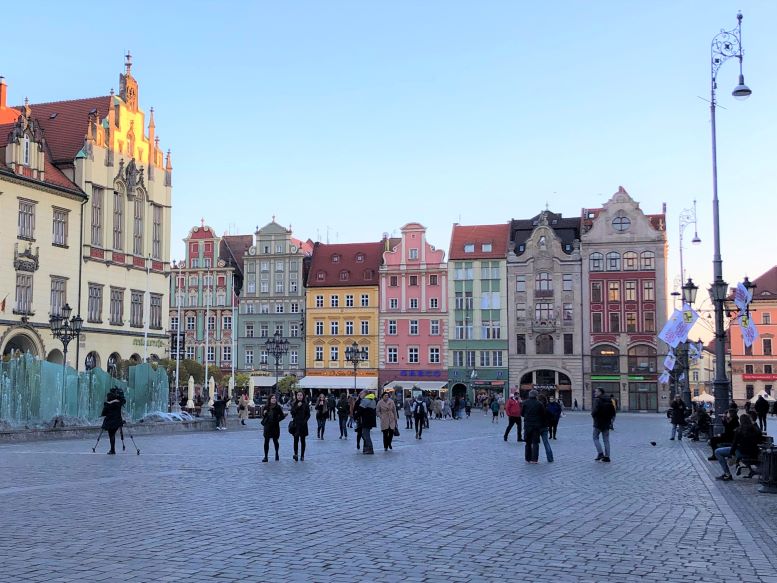
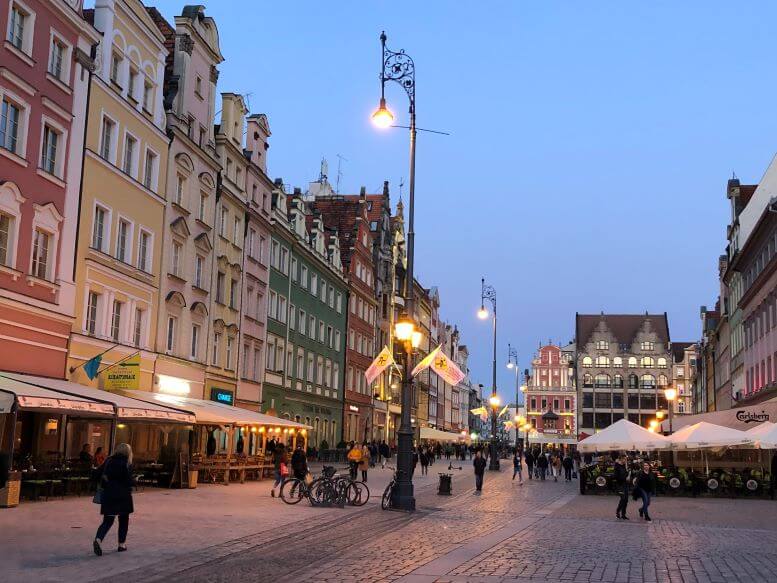

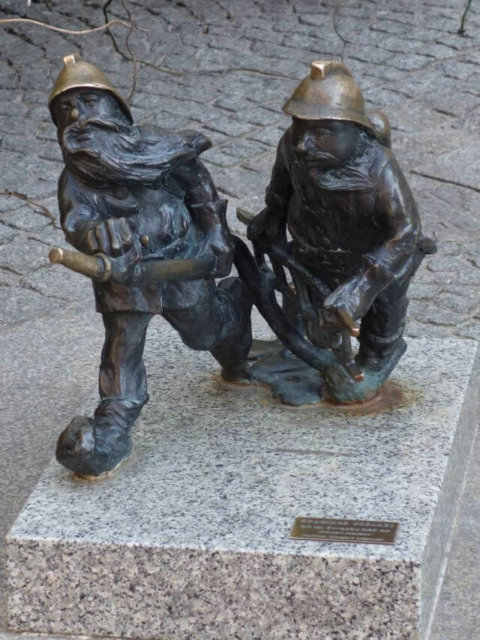
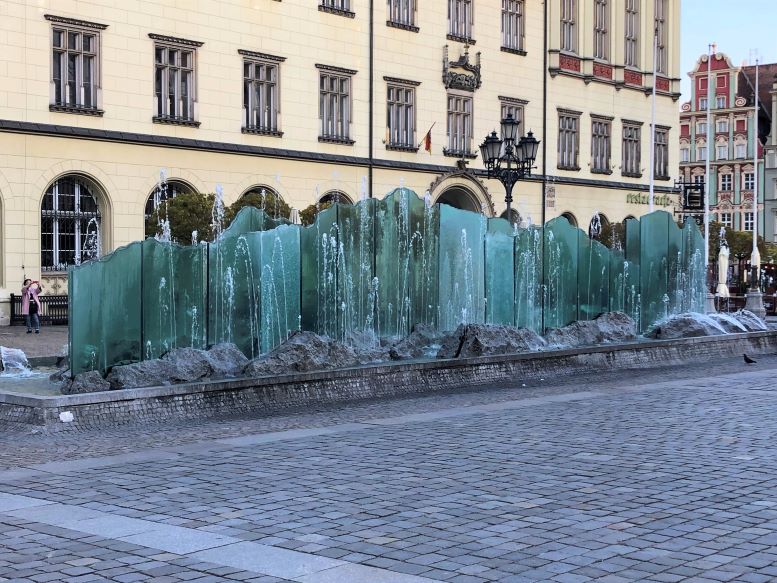
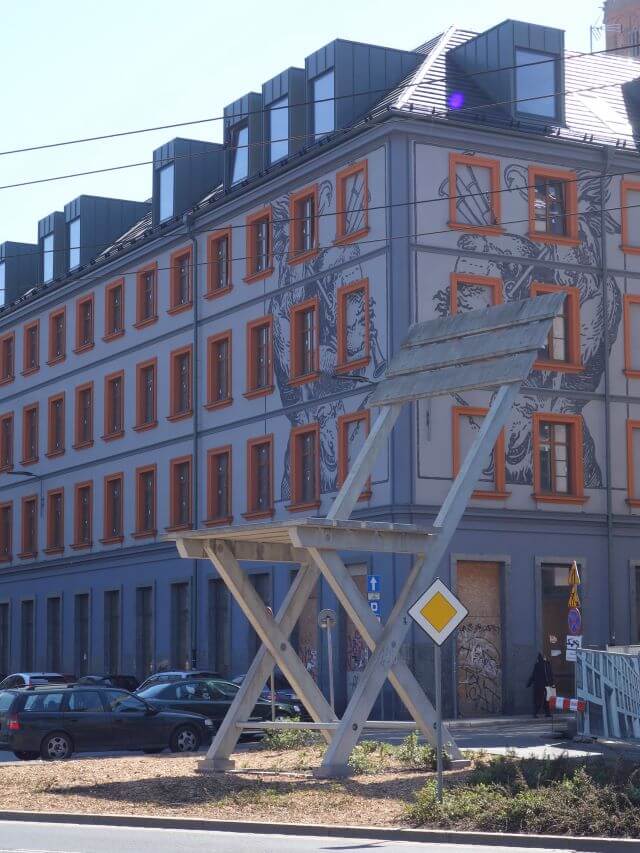
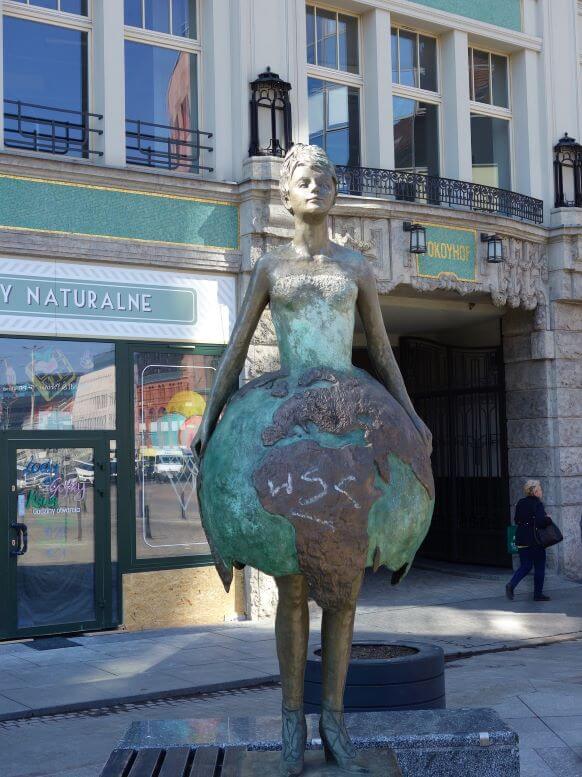
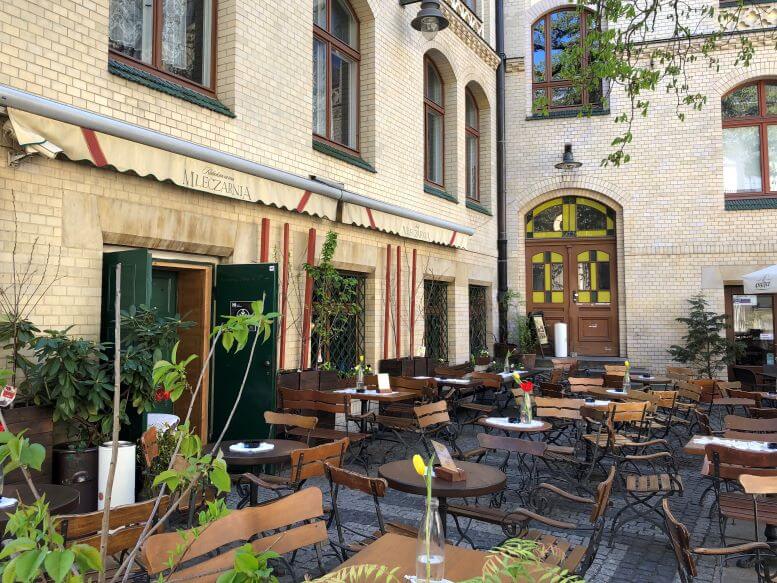
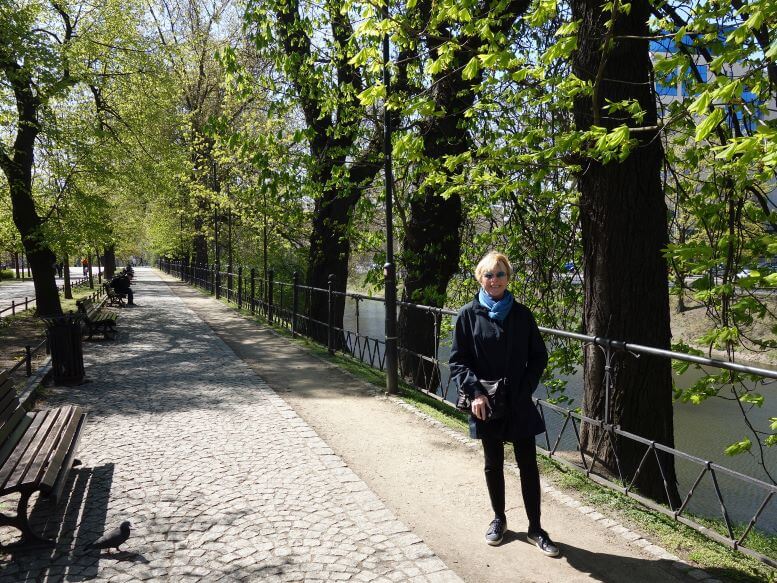
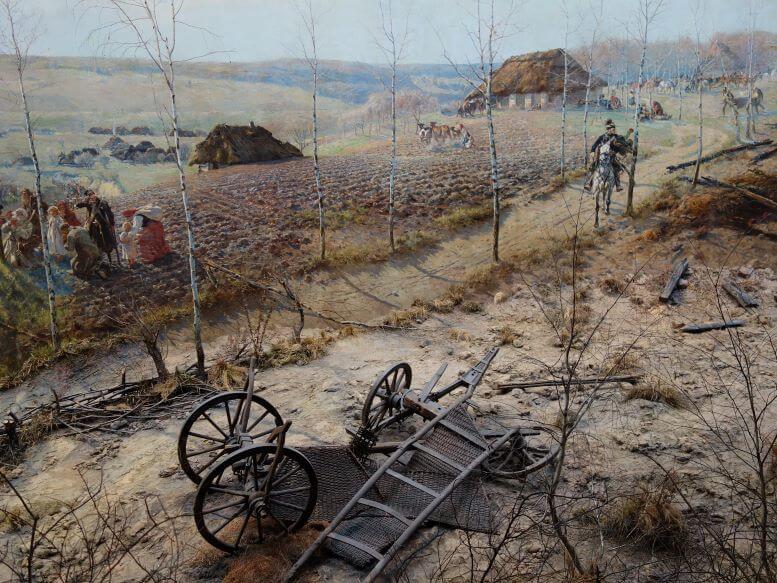
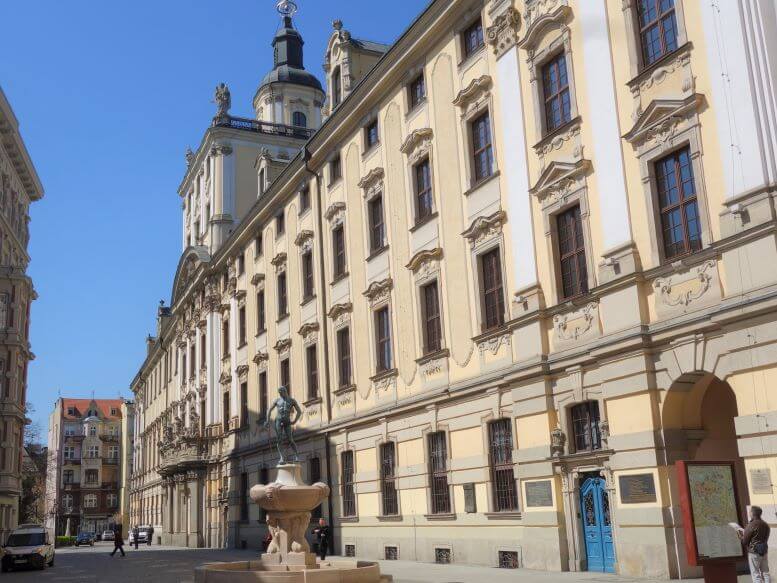
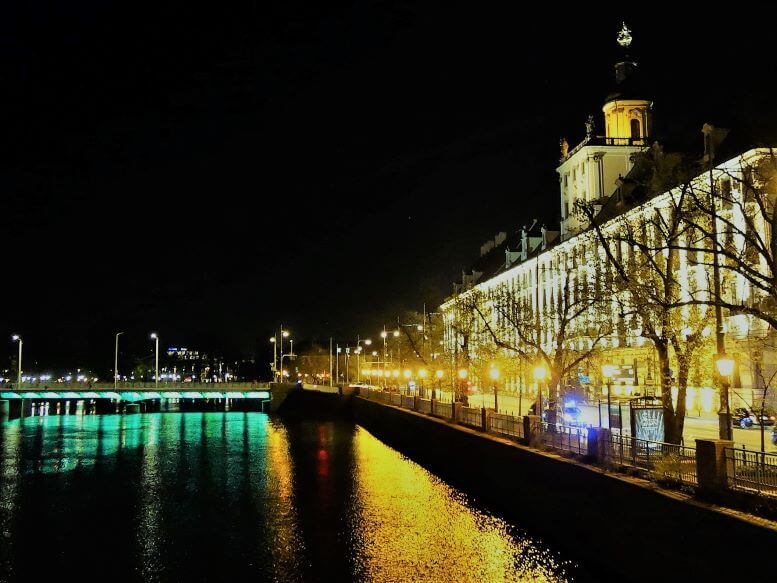
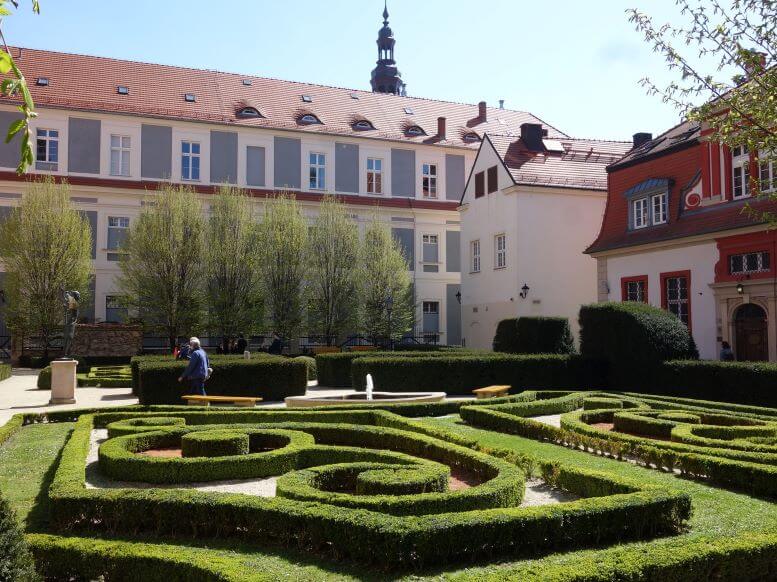
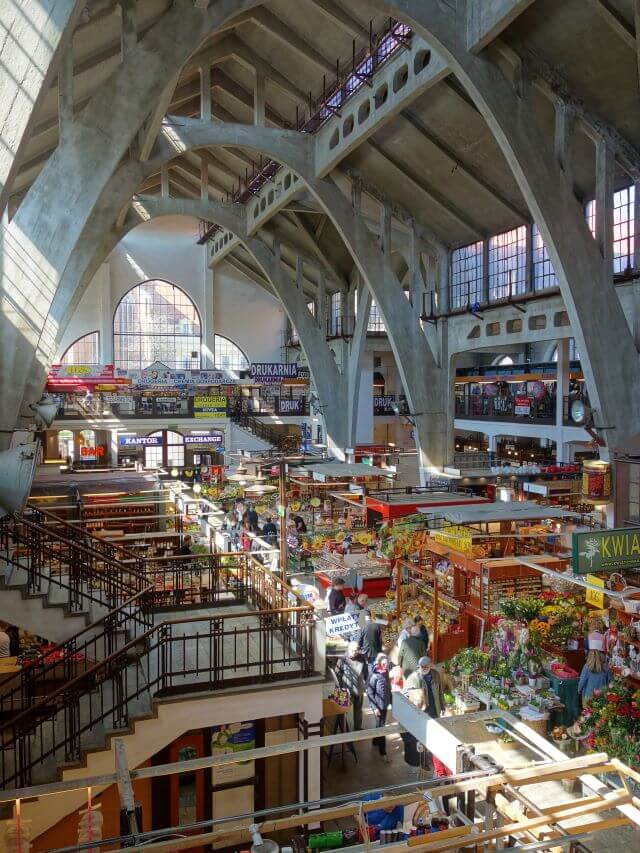
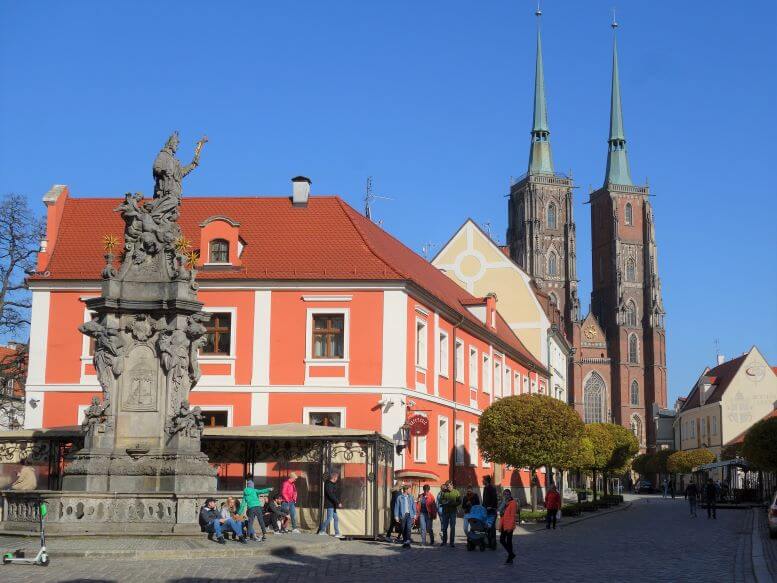
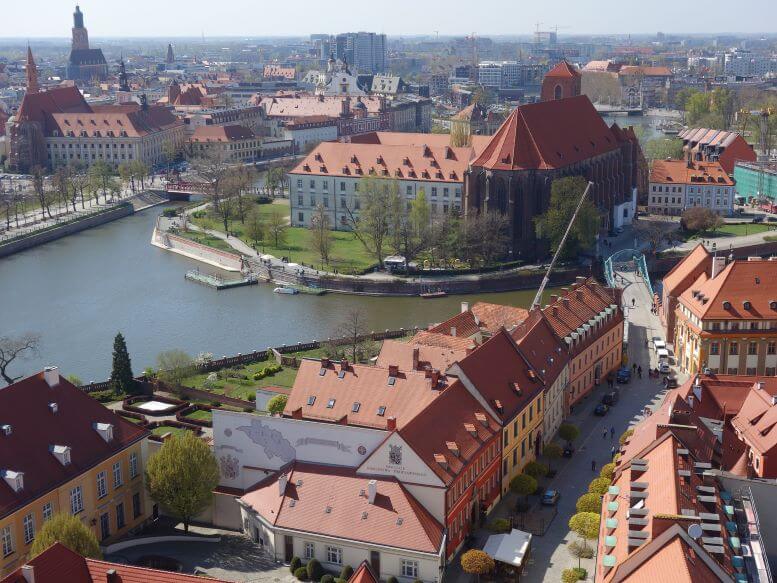
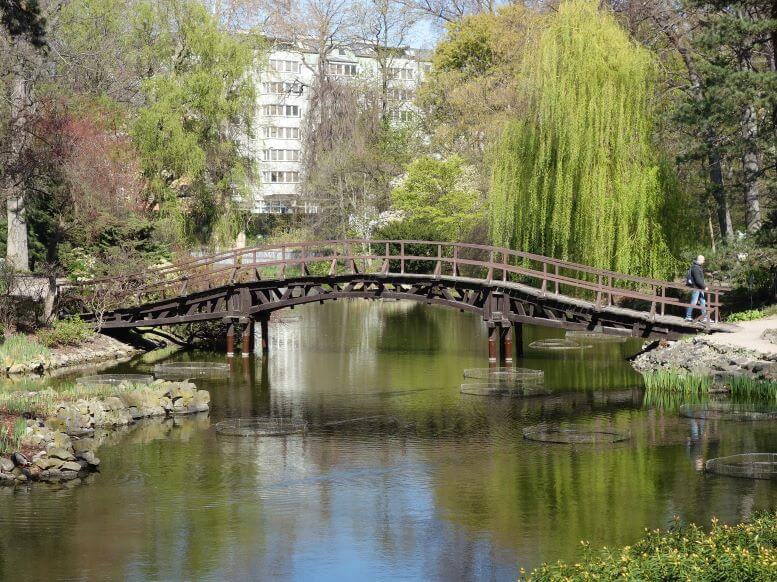
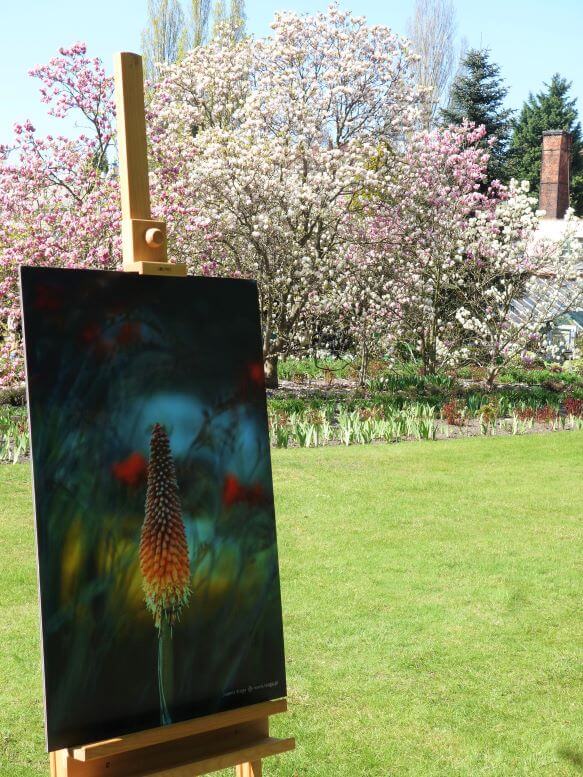
Thanks for the reminders of Wroclaw and why we, too, loved it so much. It has a lot going for it, but perhaps the churches we wandered into are the best. Baroque masterpieces all, and miraculously still standing after World War II. Lucky for us.
Thank you very much for the detailed post. My ancestors came from Poland so I’ve been considering going to search out some family history . Wroclaw definitely sounds well worth spending several days in.
Wroclaw looks and sounds as lovely as Krakow, a city l really enjoyed. I would definitely like to experience it for myself and eat some more Polish food. I’m pretty sure that l will never learn how to pronounce the name correctly :-).
This really does look like a fairytale village. Thanks for all the very helpful tips!
Wroclaw looks beautiful it’s now on my list of places to visit, thanks for the guide!
Thank you very much for the detailed post. My ancestors came from Poland so I’ve been considering going to search out some family history . Wroclaw definitely sounds well worth spending several days in.
Pingback: Krakow, Poland: Part Two of a Nine-Day Itinerary | Traveling with Sweeney